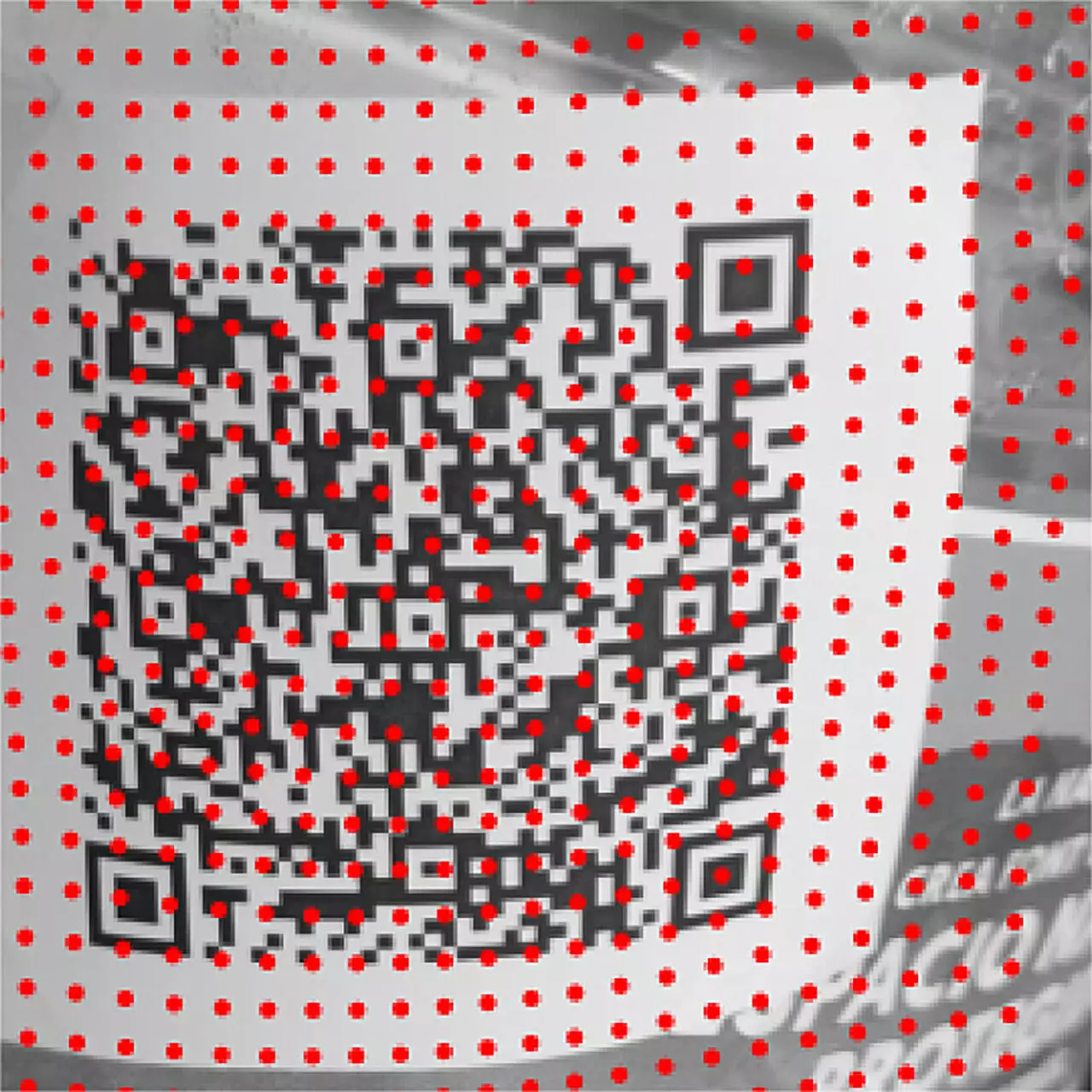In an age where digital connectivity is at our fingertips, QR codes have become a ubiquitous tool for accessing information rapidly and efficiently. However, the ease of scanning these two-dimensional barcodes is often hindered by various factors. Many users, armed with high-quality smartphone cameras, encounter persistent difficulties when attempting to scan QR codes that are poorly printed or displayed on uneven surfaces. This issue is particularly prominent in everyday situations, such as when trying to read QR codes on cylindrical packaging or irregularly shaped food trays. Despite advancements in technology, the challenge of decoding these codes remains a pressing concern.
Recently, a groundbreaking study published in the journal *Pattern Recognition Letters* by researchers from the University of Barcelona and Universitat Oberta de Catalunya has emerged as a potential remedy to these obstacles. Led by Professor Ismael Benito, the study details a new methodological approach that enhances QR code recognition in challenging environments. This approach is unique in that it transcends the limitations of traditional scanning techniques, making it applicable to a broader range of surfaces, including those that are curved or uneven. The innovation, termed “ColorSensing,” represents a significant leap forward in the realm of smart labeling technology.
To comprehend the implications of these developments, it is essential to understand the various factors that contribute to the failures in scanning QR codes. According to Benito, the quality of the captured image plays a crucial role. Even equipped with state-of-the-art hardware, users may still struggle with issues related to print quality and contrast. For instance, if the colors of the QR code and its background lack proper contrast, the code becomes increasingly difficult to interpret. Moreover, the surface on which a QR code is programmed must be flat and parallel to the camera lens for optimal readability. This observation underscores the importance of spatial considerations when utilizing QR codes.
Benito illustrates this point with a relatable example involving a bicycle-sharing program in urban areas. The cylindrical surfaces of bike QR codes present unique scanning challenges. An attempt to read the QR code at an improper distance can lead to failure. Standing too close distorts the image due to the surface curvature, while stepping too far away reduces the QR code to an unreadable size. The ideal scanning range falls within a narrow band, emphasizing the need for a more forgiving recognition system.
The contributions of Benito and his colleagues are significant. The proposed algorithm capitalizes on the inherent structure of QR codes by analyzing their internal patterns. This process aids in reconstructing the topography of the surface that hosts the QR code, allowing the recognition system to adapt dynamically to imperfections. By utilizing mathematical functions known as splines, researchers have developed a model capable of realigning data to fit the surface contours. Originally applied in fields like geology and graphic design, this technique brings a fresh perspective to QR code technology.
However, while these advancements are promising, Benito acknowledges that various technological hurdles remain. A significant concern is ensuring that QR code readers consistently deliver accurate and reliable scans, especially within commercial applications. Additionally, the resilience of QR codes against malicious modifications poses another challenge. It is vital that users can trust that scanned information is authentic and secure.
The work from the University of Barcelona and Universitat Oberta de Catalunya sheds light on the complex interplay of factors affecting QR code scanning. Addressing these challenges through innovative technologies opens the door to more efficient and user-friendly interactions with QR codes. As industries continue to integrate these digital tools into their operations, the potential for enhanced smart labeling solutions becomes increasingly evident. Going forward, researchers and developers must collaborate to fine-tune the capabilities of QR code recognition systems, keeping user experience and security at the forefront of their endeavors.
By overcoming the barriers associated with uneven surfaces and subpar image quality, the researchers hold the future of QR code technology in their hands, making access to information more seamless and reliable than ever before.


Leave a Reply